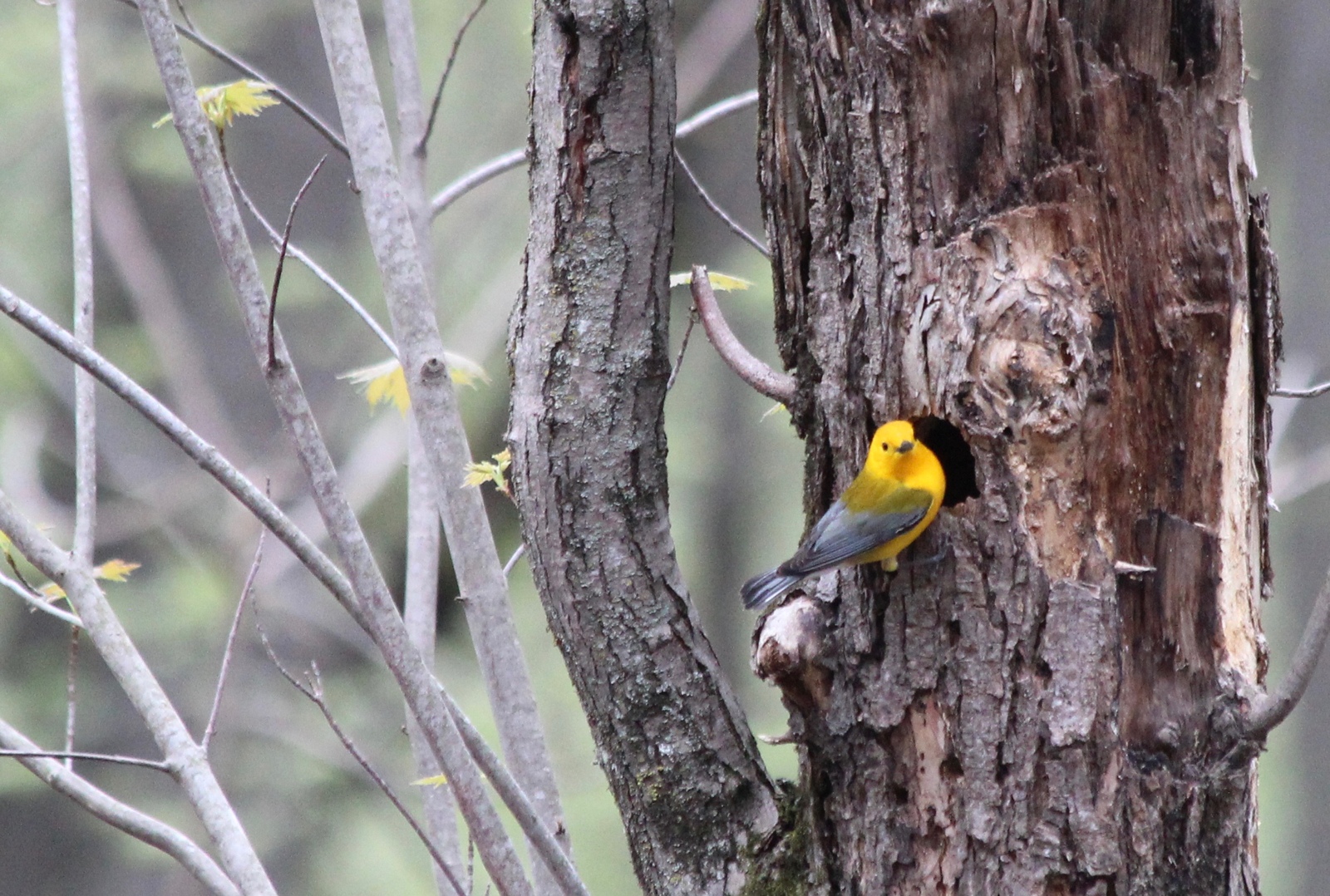Via the St. Croix Crossing project website:

A tug boat is breaking ice in the St. Croix River to allow construction crews to continue work on the new St. Croix Crossing during the winter months.
Currently, crews are breaking ice within and downstream of the bridge construction zone – as far south as the overhead power lines coming from the Xcel Energy Allen S. King Power Plant near Bayport, Minn. With the warm water from the power plant this effort helps prevent ice from building up near the bridge construction site by creating a channel for it to disperse and flow downstream.
This activity can cause thin, irregular and dangerous ice conditions on the river. The project is asking snowmobilers and other outdoor recreationalists to use extreme caution on the river between Stillwater and Bayport and to stay away from the construction area. Thin ice signage has been placed at area public boat launches. Additional signage will be posted on the river once the ice thickens.
The contractor, Lunda Ames Joint Venture, will continue to break ice on the river near just north of Bayport until it becomes too thick to manage. However, crews plan to regularly break ice within the bridge construction zone throughout winter 2015-16. Crews will be working at Piers 10 and 11 in the middle of the river. Thus, they need to keep the majority of the waterway open to access these pier locations by boat.
When the St. Croix Crossing project is finished, motorists will have smoother highway pavement surfaces, improved flow at intersections, an improved frontage road system—including safer access—and a new river crossing between Minnesota and Wisconsin. All of this will occur while maintaining or restoring the area’s cultural, historic and environmental resources.








Comments
St. Croix 360 offers commenting to support productive discussion. We don’t allow name-calling, personal attacks, or misinformation. This discussion may be heavily moderated and we reserve the right to block nonconstructive comments. Please: Be kind, give others the benefit of the doubt, read the article closely, check your assumptions, and stay curious. Thank you!
“Opinion is really the lowest form of human knowledge. It requires no accountability, no understanding.” – Bill Bullard
2 responses to “Dangerous ice conditions at Stillwater bridge construction site”
This story provides new and interesting information. The last sentence, however, is pure DOT propaganda.
I agree with. Dana Jackson’s comment. I fail to see how this massive new bridge can be said to be “restoring” or “maintaining” any cultural, historic, or environmental resources that I am aware of. In fact, just the opposite is occurring before our very eyes. It’s pure DOT propaganda indeed!